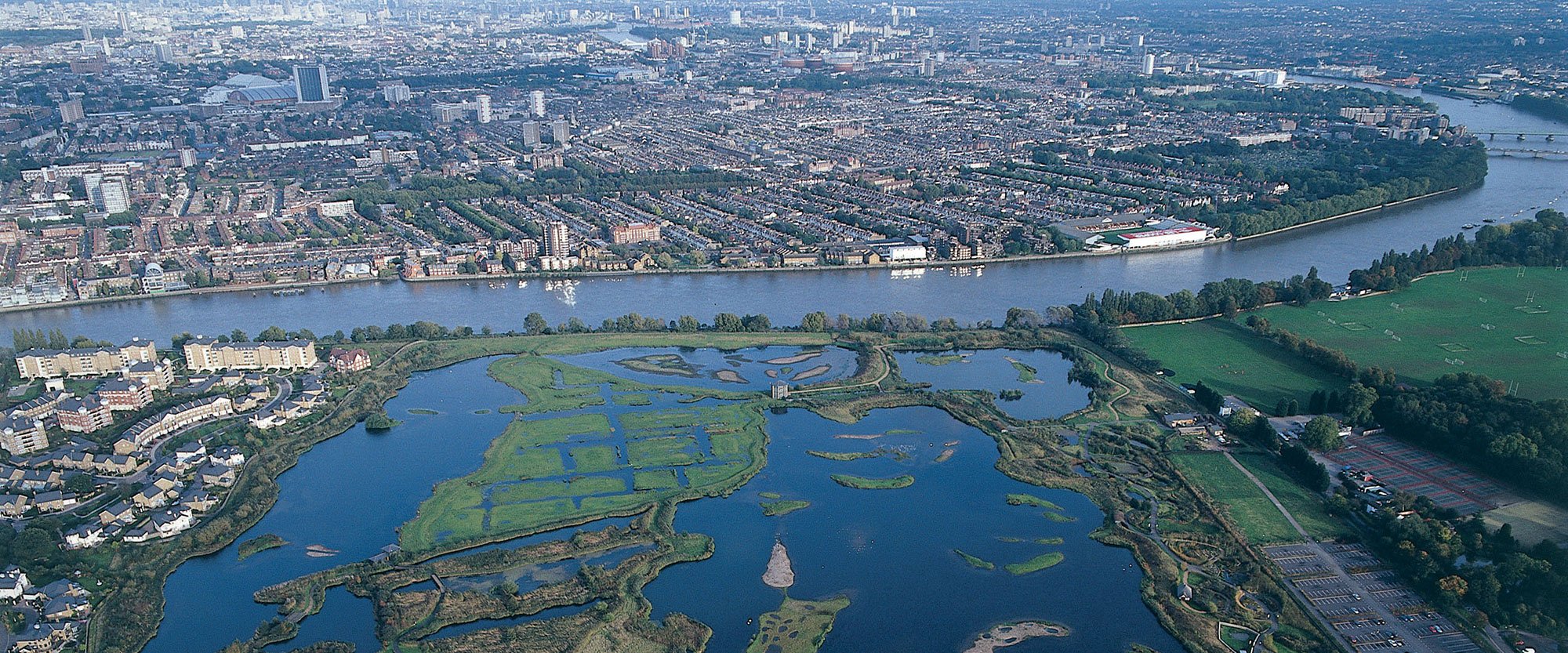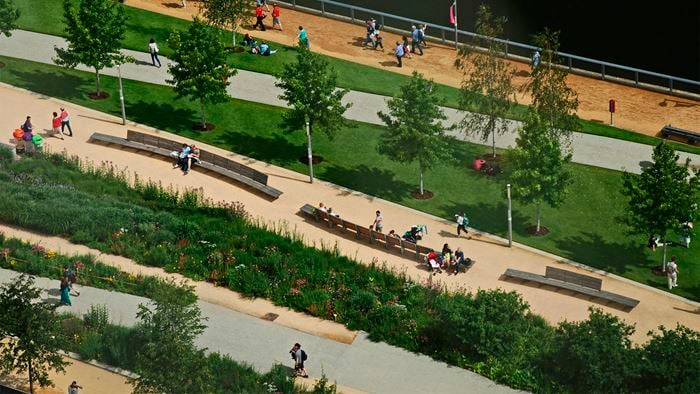Since the dawn of civilisation, settlements and their growth have directly related to the natural world and its resources.
Furthermore designing with nature has been well documented since the work of Ian McHarg and Nan Fairbrother amongst others. Despite this most cities are currently disconnected from the natural world.
I think by integrating the restoration of ecosystem functions or ‘rewilding’ within an urban context there is an opportunity to reverse the destruction of the natural world and reconnect people with the wonder of nature. To reduce the pressures of increasing urbanisation, designers, planners and environmentalists should embrace the concept of rewilding our cities.
Rewilding, a word coined by conservationist Dave Foreman in 1990 can play an important role in green infrastructure and shaping resilient cities. It can generate opportunities for our damaged ecosystems to regenerate, returning to natural systems and processes which can help combat many issues we are currently facing including climate change, increased risk of flooding, poor air quality and pollution.
Rewilding as an ecological strategy is gaining publicity and political awareness. Initiatives such as Wild Ennerdale provide fantastic examples of the positive work partnerships can achieve working towards Rewilding Britain. However, as it is most easily conceived on a large rural landscape scale, a lot still needs to be done to embed the philosophy as the way forward for cities and to prevent people feeling disconnected with it as a movement.
Restoring natural processes would make our cities more resilient, improving the population’s health, happiness, create natural play and learning opportunities, improve community spirit and boost local economies. Nature can be the cornerstone of healthy, sustainable communities and also improve the quality of life and quality of space.
We have the potential to re-imagine city spaces and challenge preconceived assumptions, which often lead to urban landscapes which are predictable, heavily maintained, often privatised and one dimensional. Rewilding could create dynamic, ecologically rich urban landscapes with a sense of time and seasonal change, reduced management costs and increased social equality. Reconnecting people with nature is a self-sustaining process as they become more educated, and develop a stronger connection and a sense of stewardship to the natural world around them.
The rewilding of cities can be carried out at a range of scales and to a range of completeness. There are a growing number of contemporary precedents, including Arup’s work on the Wild West End with the largest of London’s West End property owners to demonstrate the positive impact of urban green infrastructure. And the London Wildlife Trust’s ‘Living Landscapes’ plan provides precedents such as the River Wandle, which is an exciting example of an urban rewilding project which restores a heavily polluted river to an ecologically thriving chalk stream.
And international design practices such as Turenscape are creating inspirational projects, including Qunli National Urban Wetland and the restoration of the Sanlihe Corridor. These examples illustrate the multifunctional benefits of rewilding our cities, and the potential it has for being the catalyst for environmental and socio-economic improvements.
Rewilding can only succeed if it is considered as a dynamic process of restoring ecosystem functionality rather than an outcome of creating a wilderness. It has the potential to rejuvenate ecosystems’ functionality, to create greater connections between people and the natural world, and to breathe new life into our cities.
How can we encourage clients to embrace rewilding as an inspirational approach for our cities?
 ;
;


